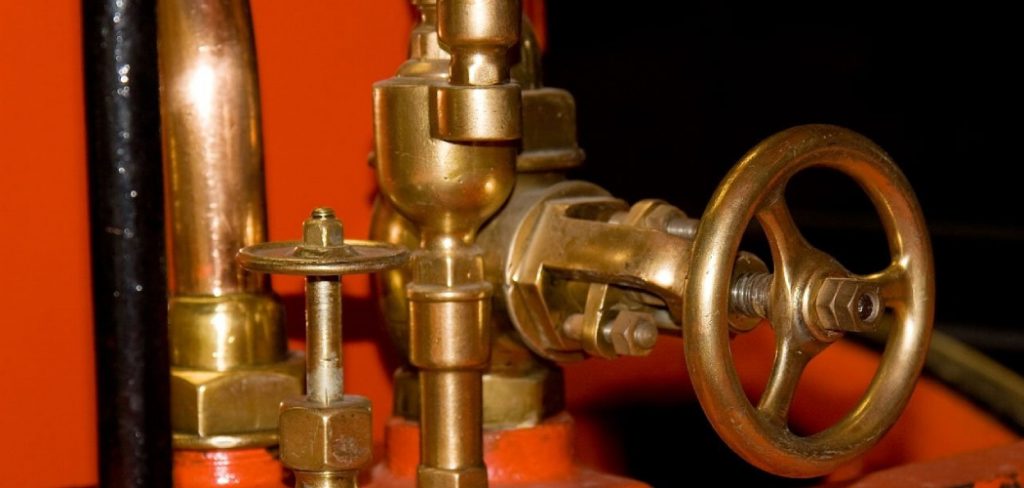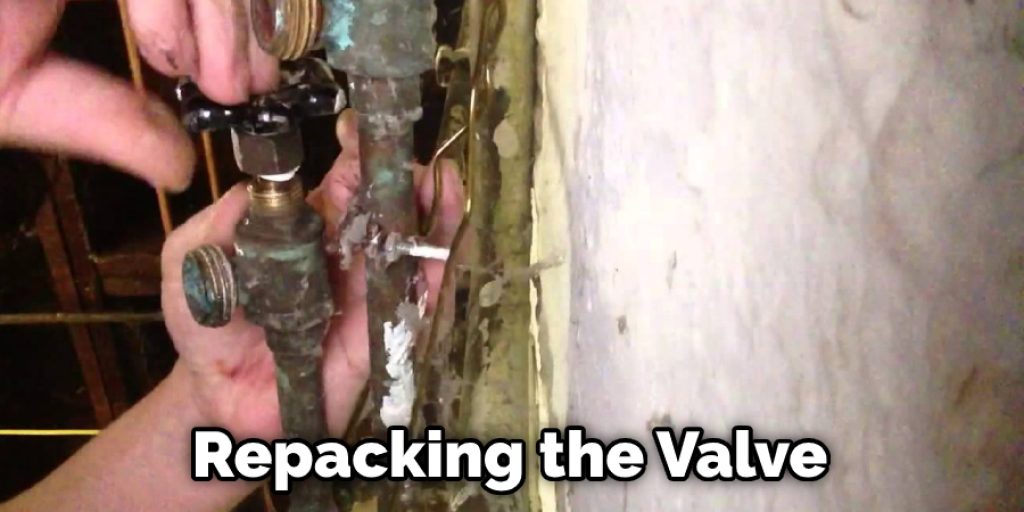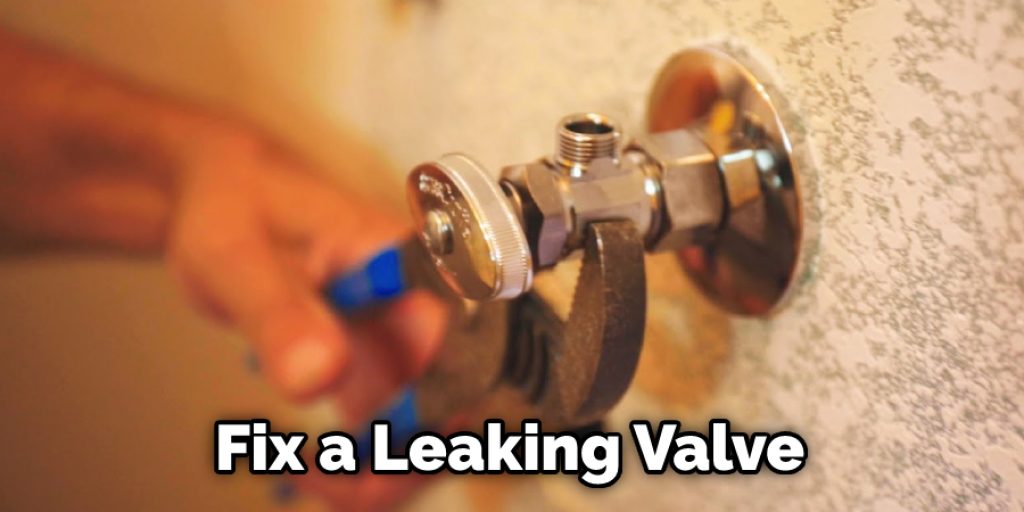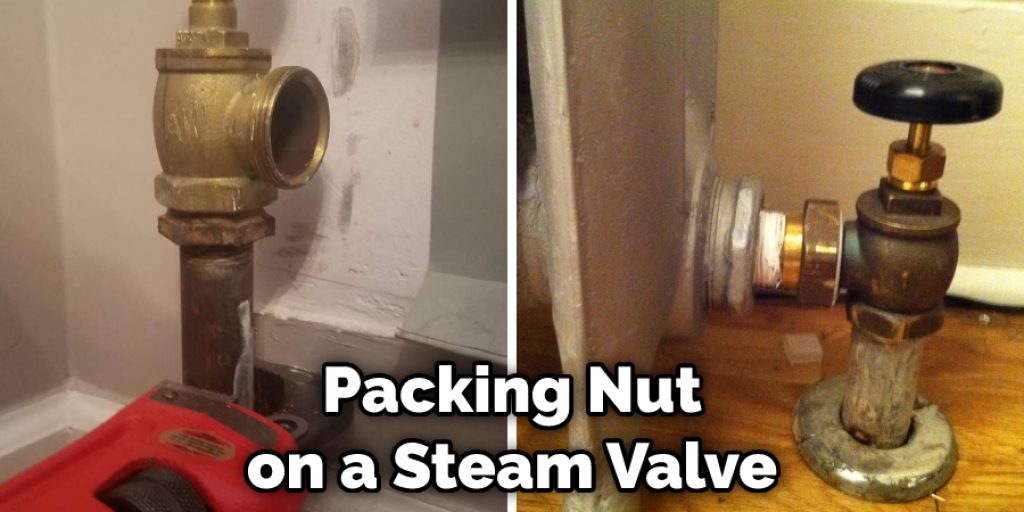How to Repack a Steam Valve
Have you ever wondered how to repack a steam valve? It’s not as hard as you might think, and with the help of this blog post, you’ll be able to do it in no time! In this post, we’ll walk you through the process step-by-step, so you can easily get your valve back up and running like new. So, what are you waiting for? Let’s get started!

What is a Steam Valve?
A steam valve is a device used to regulate the flow of steam. It consists of a body, a seat, and a disk. The disk is attached to the stem and connected to a handle. The handle is used to open and close the valve. The disk sits against the body when the valve is closed, and it lifts off the seat when the valve is opened.
The opening and closing of the valve control the flow of steam. Steam valves are used in various applications, including heating, cooling, and power generation.
Why Should You Repack a Steam Valve?
A steam valve is one of the most important components of a steam system, and the valve must be properly maintained. One of the key maintenance tasks is repacking the valve with new packing material. Over time, the packing material will break down and become less effective, allowing steam to leak out.
This can lead to a loss of pressure and reduced efficiency. Moreover, if the leak is severe enough, it can cause serious damage to the system. By repacking the valve regularly, you can help to prevent these problems and keep your steam system running smoothly.

How to Repack a Steam Valve Step by Step Guide
Step 1: Shut Off the Steam to The Valve
The first step is to make sure that there is no steam pressure going to the valve that you’re working on. You can do this by shutting off the steam at the main shutoff valve for your home. If you don’t have a main shutoff valve, then you’ll need to shut off the power to your boiler.
Step 2: Remove The Old Packing Material
Once the steam is shut off, you can remove the old packing material from around the valve’s stem. To do this, you’ll need to unscrew the packing nut holding the packing material in place. Once the nut is loose, you can pull out the old packing material and discard it.
Step 3: Clean The Surface
Next, you’ll need to clean the surface of the stem. This is important because you want to make sure that there’s no dirt or debris on the surface that could prevent the new packing material from sealing properly. You can clean the surface with a rag and some solvent. Once the surface is clean, you’re ready to add the new packing material.
Step 4: Wrap The New Packing Material Around The Stem
Now you’ll need to wrap the new packing material around the valve’s stem. Again, make sure that you wrap it tightly to avoid gaps. Once you’ve wrapped the new packing material around the stem, you can screw the packing nut back in place.
Step 5: Turn The Steam Back On
The last step is to turn the steam back on to the valve. Once the steam is turned on, you should check the packing nut to make sure that it’s tight. If it’s not tight, then you’ll need to tighten it until it is.
Step 6: Call a Professional
If you’re not comfortably repacking a steam valve yourself, you can always call a professional. A professional plumber will be able to repack your valve quickly and easily, and they’ll also be able to check for any other problems that might be causing your valve to leak.
Now that you know how to repack a steam valve, you can do it yourself to fix a leaking valve. It’s a relatively easy process, and it only takes a few minutes to complete.

What Is Valve Packing Material?
Valve packing is a material used to create a seal between two moving surfaces, typically where a valve stem meets a valve body. This seal helps to prevent fluid or gas from leaking through the valve. Valve packing is made up of many different materials, including:
- Graphite
- Asbestos
- PTFE (Teflon)
- Viton
- EPDM
Graphite is the most common type of valve packing material. It is made from carbon and is very strong and durable. Asbestos is another popular type of valve packing material. It is made from mineral fiber and is heat resistant.
PTFE (Teflon) is a synthetic material that is very slippery and has a low coefficient of friction. Viton is a synthetic rubber that is resistant to chemicals and heat. EPDM is a synthetic rubber that is also resistant to chemicals and heat.
How Do You Fix a Leaky Valve Stem?
A leaky valve stem can be a pain, but it is relatively easy to fix. The first step is to identify the source of the leak. If the leak is coming from the valve itself, it will need to be replaced. However, if the leak is coming from the joint between the valve and the stem, it can usually be fixed with a simple sealant.
Once the source of the leak has been identified, the next step is to clean the area around the leak. This will help to ensure that the sealant adheres properly. Then, apply a thin layer of sealant around the joint and wait for it to dry.
Finally, screw the valve back into place and test for leaks. A leaky valve stem can be fixed without too much trouble with a little time and effort.
Frequently Asked Question
Which Is Better Graphite or Teflon Packing?
There is no definitive answer as to which is better, graphite or Teflon packing. Each has its own benefits and drawbacks. Graphite packing is generally less expensive and easier to replace, but it can wear out more quickly.
Teflon packing is more durable but also more expensive. Ultimately, the best packing material for a particular application depends on the specific conditions and requirements.
Can You Overtighten a Packing Nut?
Yes, you can overtighten a packing nut on a steam valve. This can cause the packing material to crush and reduce the effectiveness of the seal. It is important to make sure that the packing nut is tightened just enough to create a seal but not so tight that it causes damage.

Conclusion
Repacking a steam valve may seem daunting, but it can be a quick and easy process with the right tools and instructions. Follow these simple steps to get your valve back up and to run. Thanks for reading our post about how to repack a steam valve. Have you ever had to repack a steam valve? What tips would you add?




